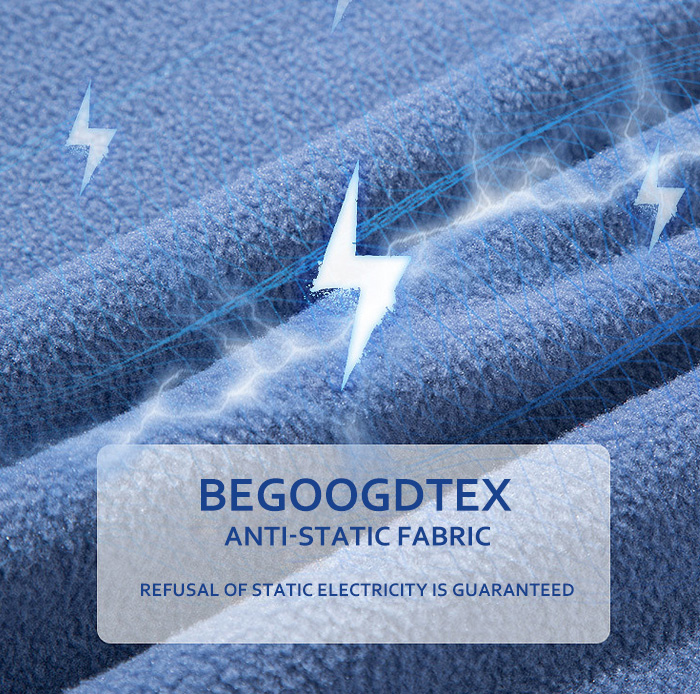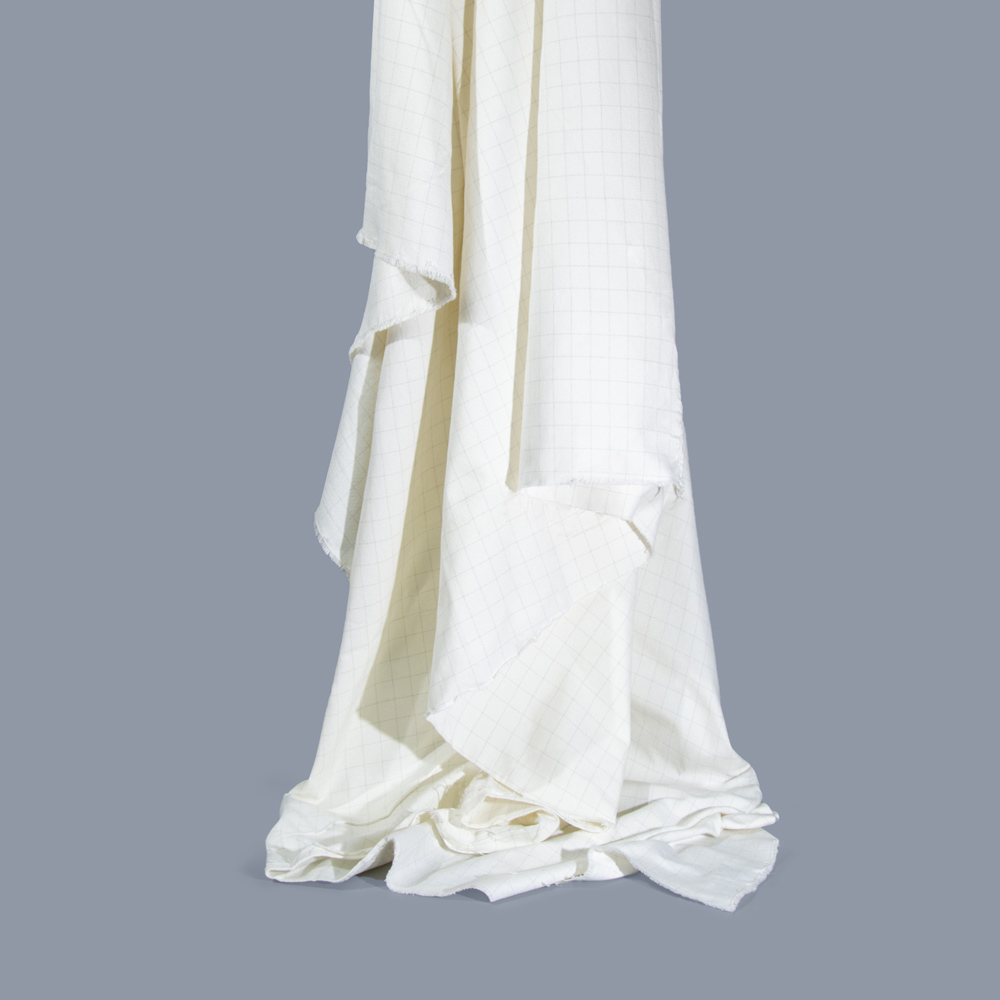Test Methods for Static Electricity Properties of Textiles
The testing methods for the static electricity properties of fibers or fabrics can be roughly divided into two categories: qualitative analysis and quantitative analysis.
Qualitative analysis involves observing the presence or absence of discharge sparks, electric shocks, discharge sound, and attraction (dust adhesion, soiling, and entanglement with the body).
Quantitative analysis involves measuring the fiber resistance, static potential, and half-life. It also includes measuring the friction-induced static voltage, half-life, charge amount, and attenuation of fabrics, as well as determining the resistivity and adhesion.
Applications of Inherent Flame Retardant (IFR) + Anti-static Fabrics

1. Electronics Industry: Anti-static fabrics are widely used in the work clothes and gloves of production workshops to prevent static interference during the production process. The fabric can also protect electronic components from static hazards, ensuring the quality and stable performance of the components.
2. Medical and Healthcare: Anti-static fabrics are used in surgical gowns, surgical caps, surgical shoe covers, etc. These products can effectively reduce the problem of static charge accumulation.
3. Petrochemical industry: Anti-static fabrics can be utilized in the petrochemical industry for protective gear like anti-static clothing, gloves, and shoe covers to mitigate fires and explosions triggered by static electricity.
4. Aerospace: Anti-static fabrics can be utilized in the aerospace industry for protective gear like anti-static clothing, gloves, and shoe covers to prevent static interference and damage.
5. Power Industry: Anti-static fabrics can be utilized in the power industry for protective equipment like anti-static clothing, gloves, and shoe covers to prevent fires and explosions triggered by static electricity.
6. Automotive Manufacturing: Anti-static fabrics can be utilized in the automotive manufacturing industry for protective equipment like work clothes and gloves to prevent static interference and damage to automotive electronic equipment.








